What Is Reiki?
Reiki (pronounced Ray-Key) is an energy within a Japanese System of Natural Healing that can help a person relax and heal on many levels (physical, mental, emotional, spiritual). On a literal and very basic level Rei can be translated to mean “spiritual” and Ki can be translated to mean “life force energy”.With more study of the kanji (the Japanese written form of the word “Reiki”) there are deeper, more complex meanings of the kanji given.
Jason at Firefly Reiki says on the matter, “The System of Natural Healing (in other words, how to work with the energy) was founded in the 1920’s by a man named Mikao Usui and from the Japanese perspective is referred to as Usui Reiki Ryoho.”
Reiki is a form of subtle biofield energy (also called Chi in Chinese, Prana in Sanskrit and Ti or Ki in Hawaiian). It is traditionally transmitted through a practitioner to a client by a laying on of hands, beaming and scanning. In reality, Reiki is everywhere, all the time, accessible by everyone on the spot and there is no need to call upon it, transmit it, send it, etc. However, for the purposes of learning how to work with it, and understand the language scripts around it, this language of “moving” it is used.
Where is Reiki Practiced?
[bctt tweet=”#Reiki is practiced all over the world by practitioners & laypeople alike.” username=”divinelotusheal”]
Reiki is practiced all over the world in a wide range of places by practitioners and laypeople alike. Individuals can practice it in the home and in their everyday lives – at the office desk, on the commute to work, in the grocery store line, etc. Many wellness care centers offer it alongside other healing and relaxing modalities. It is also practiced in hospice settings and helps with palliative care. The military even uses it in post-traumatic care for troops.
[bctt tweet=”#Reiki is practiced in over 800 hospitals nationwide as a form of complimentary wellness care.” username=”divinelotusheal”]
Reiki is also practiced in over 800 hospitals nationwide as a form of complimentary wellness care. Here in the Boston area, we have several robust Reiki volunteer programs in major hospitals. It is also used by the American Nurses Association as a form of Complimentary Alternative Medicine. The National Center for Complimentary and Alternative Medicine, which is a division of the National Institute of Health, classifies it as a form of energy medicine, specifically a biofield therapy. Increasingly, the scientific community in the West is beginning to understand and document how biofield energy works.
Scientific Study of Reiki
[bctt tweet=”In small scale studies, #reiki has been shown to have good results.” username=”divinelotusheal”]
There are a growing number of examples, both scientific and anecdotal, that demonstrate the healing benefits of Reiki. Although Reiki has not been studied in large scale clinical examination yet, in small scale studies it has been shown to have good results. For example, one study from New York Presbyterian Hospital showed that autonomic nervous system levels decreased in heart rate, respiration and blood pressure after people received a Reiki treatment. It is also widely reported anecdotally by clients after Reiki sessions that a deeper sense of relaxation and or peace is felt. On the Reiki session page of this website, I offer some more specific examples of things clients have shared after receiving Reiki.
Treatments and Sessions
[bctt tweet=”#Reiki can be practiced in a home, wellness center or even hospital.” username=”divinelotusheal”]
Receiving Reiki in a treatment or session is simple and can look different, depending on who is giving it and where it is being given. For example, if an individual is Reiki trained and is practicing at home, you can lie down in bed, sit in a chair, rest your hands on yourself on your way to work (as mentioned above), etc. If you are receiving Reiki in a formal setting (such as a Reiki practice like mine) most often you would lie down on a Reiki table, fully clothed, with the Reiki practitioner laying their hands on different parts of your body for varying amounts of time. If receiving in a hospital setting, it can be administered to the patient lying in bed or sitting in a chair.
Receiving and Learning
[bctt tweet=”Anyone can receive #reiki. Nothing special is needed, simply relax!” username=”divinelotusheal”]
Anyone can receive Reiki. Age, sex, race, faith and health conditions have no bearing on this. It is a universal energy, even able to treat animals, food and plants – anything and everything that grows! Anyone can learn Reiki as well. Some teachers even offer Reiki classes for children. You don’t need to do anything special or have a certain title to learn Reiki. In most lineages, the first level of Reiki teaches how to give it to ourselves and our loved ones. In my own family, we have all learned Reiki and now use it as a complimentary healing therapy for scrapes and cuts, hurt feelings and all around wellness care.
Different Lineages
[bctt tweet=”There are many lineages of #Reiki in the world b/c people add to the original system.” username=”divinelotusheal”]
Most people who receive Reiki through a session or take a Reiki class in the United States are working with a lineage known as Usui Shiki Ryoho, the Usui System of Natural Healing, also sometimes referred to as Western Reiki, unless it is stated as a specific lineage. There are many, many lineages of Reiki that have blossomed into the world in the last couple of decades. This is because over time, people have added their own additional teachings to the system of Reiki, usually under the branch of metaphysical work known as the New Age Movement.
In my personal journey with Reiki I first learned Reiki through this Usui Shiki Ryoho method and then went on to learn Jikiden Reiki and then a broader Japanese Reiki style simply referred to as Usui Reiki Ryoho, which means Usui Spiritual Energy Healing method, which is closely aligned with the original way that Usui sensei taught and practiced Reiki in Japan. At this point in my personal relationship with Reiki, I am interested in working with source origins, thus my affinity for the Japanese lineages. (For those of you who are curious, you can read more about my personal journey with Reiki in my bio.)
And, what about you? What has been your experience with Reiki? I’d love to hear from you in the comments below!

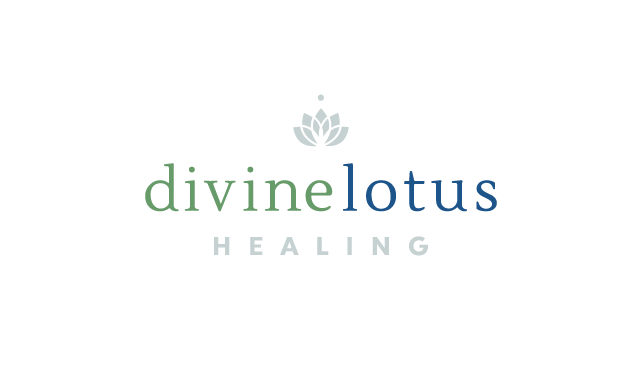





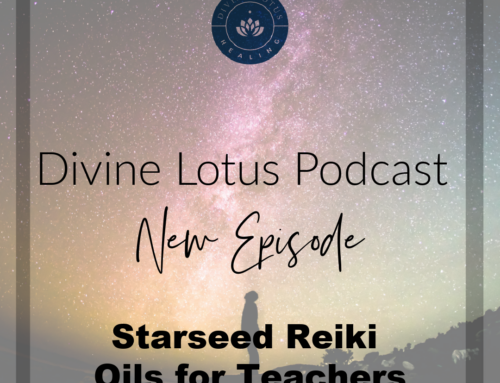
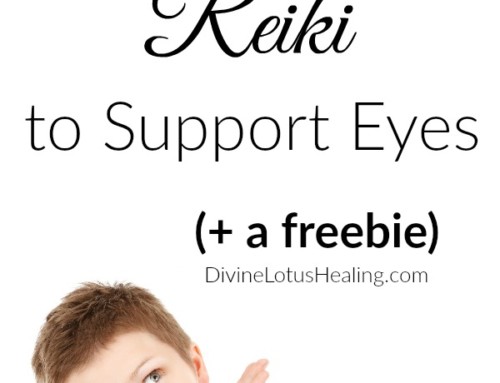
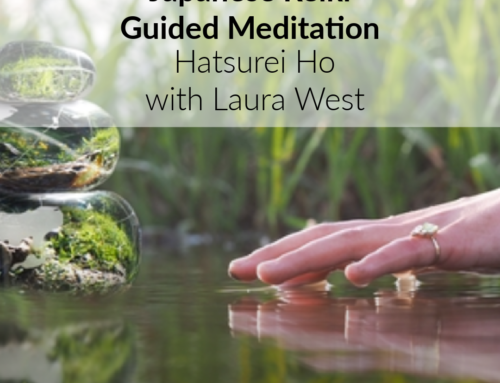
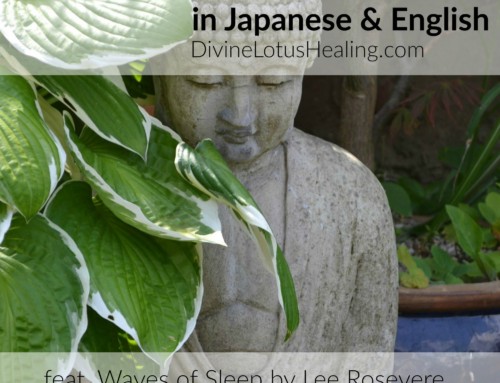

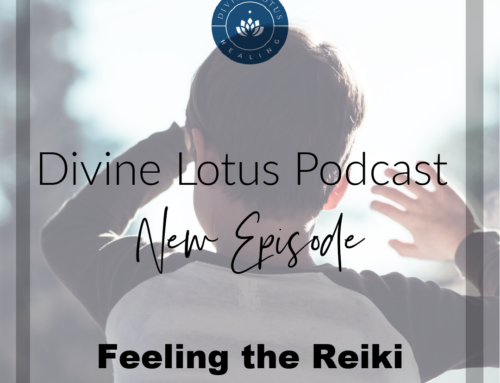
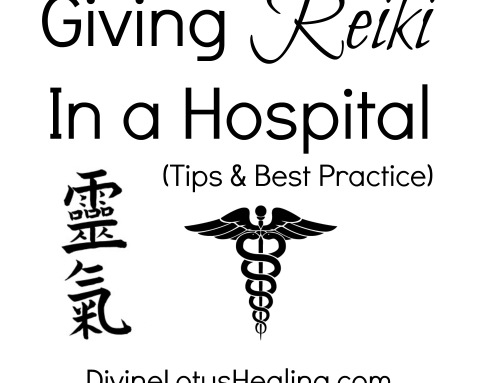
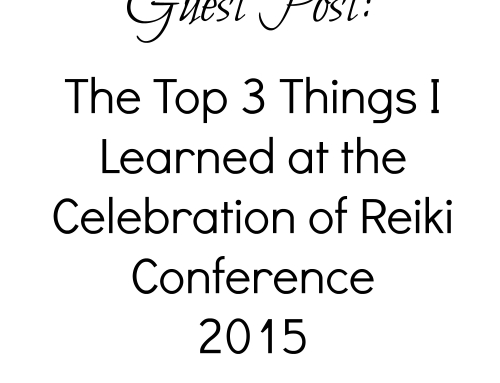
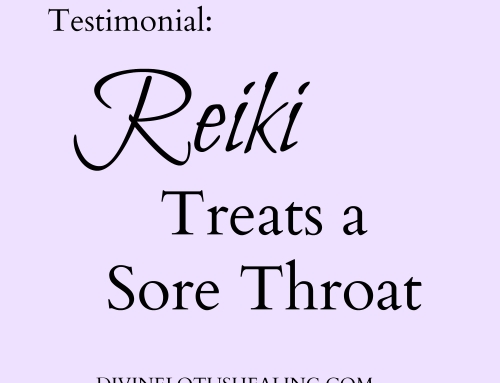
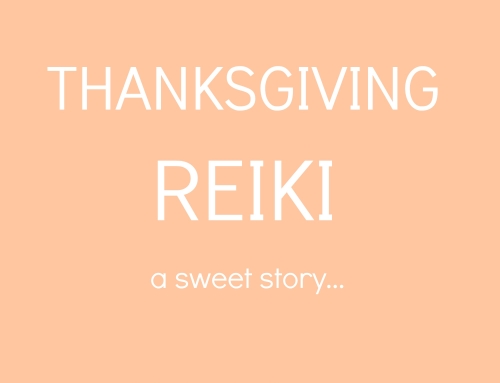
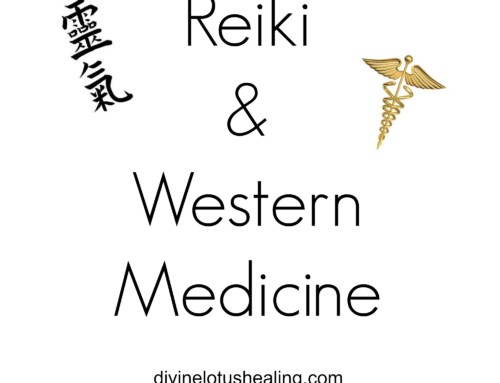
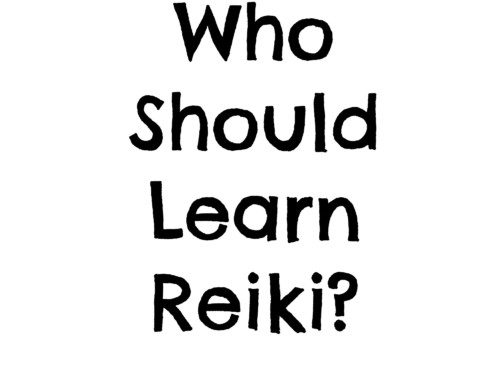
Leave A Comment